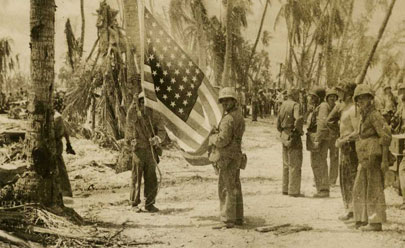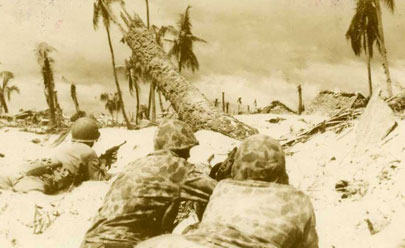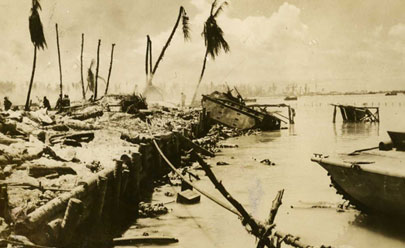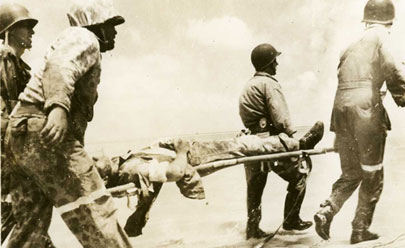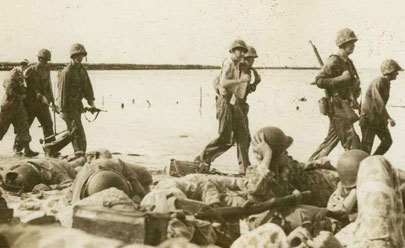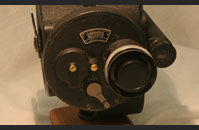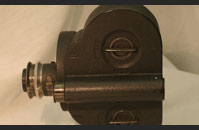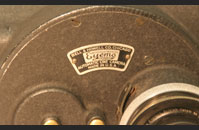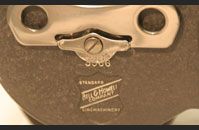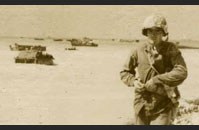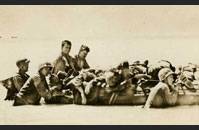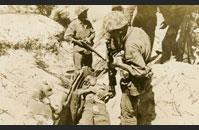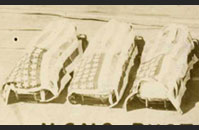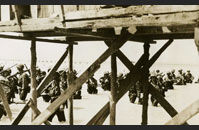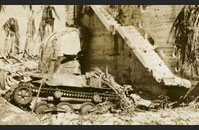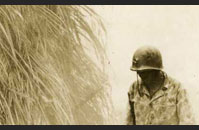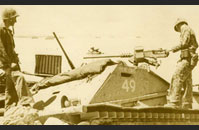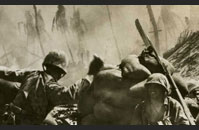FOCUS ON: INVASION OF TARAWA:
The invasion of Tarawa Atoll was the second American offensive in the Pacific after Guadalcanal. On 20 November 1943, an aerial bombardment of carrier-based Dauntless dive bombers preceded the amphibious landings. The shore was defended by a maze of bunkers and interlocking gun positions so well-entrenched that the preliminary bombardment had little effect. Once the bombing lifted, the island’s defenders were able to take up defensive positions and began repelling incoming landing craft. The majority of the Higgins boats got hung up on the barrier reef surrounding the island, forcing the Marines inside to jump over the side into neck-high water and wade hundreds of yards to shore, all the while under constant machine gun and artillery fire. Amphibious tractors, also known as Amtrak’s or LVTs (Landing Vehicle Tracked) fared slightly better as they were designed to climb over obstacles and land on shore. Over the course of the day, more than half of the Allied landing craft were destroyed by Japanese mortars and light artillery.
By 23 November, the island was secured from the Japanese. Of the nearly four thousand defenders, only 1 officer and 16 enlisted Japanese men, as well as 129 Koreans (from 1,200 laborers used by the Japanese) were captured. The Marines lost 990 killed and 2,296 wounded, while the Navy lost 687 killed in only three days of fighting.
After Tarawa, Allied command made a greater effort to improve ground-to-air communications and combined arms operations. Pre-invasion bombardments were also lengthened. The Marine Corps ordered more LVTs which had proven themselves in the battle, and equipped them with bigger guns and thicker armor to provide more effective support on the beach.
Artifact: 1927 Eyemo Model Motion Picture Camera:
This is a hand-held 1927 Eyemo model motion-picture camera made by Bell & Howell. War correspondents used this model throughout the Second World War. With the Marines at Tarawa, a wartime documentary produced in 1944, was the first film in this format to show images of American dead to civilians in the States. The National World War II Museum Inc., 2008.424.001
Images from the Collection of The National WWII Museum:
The viewer is advised that some of the following wartime images are disturbingly graphic.

